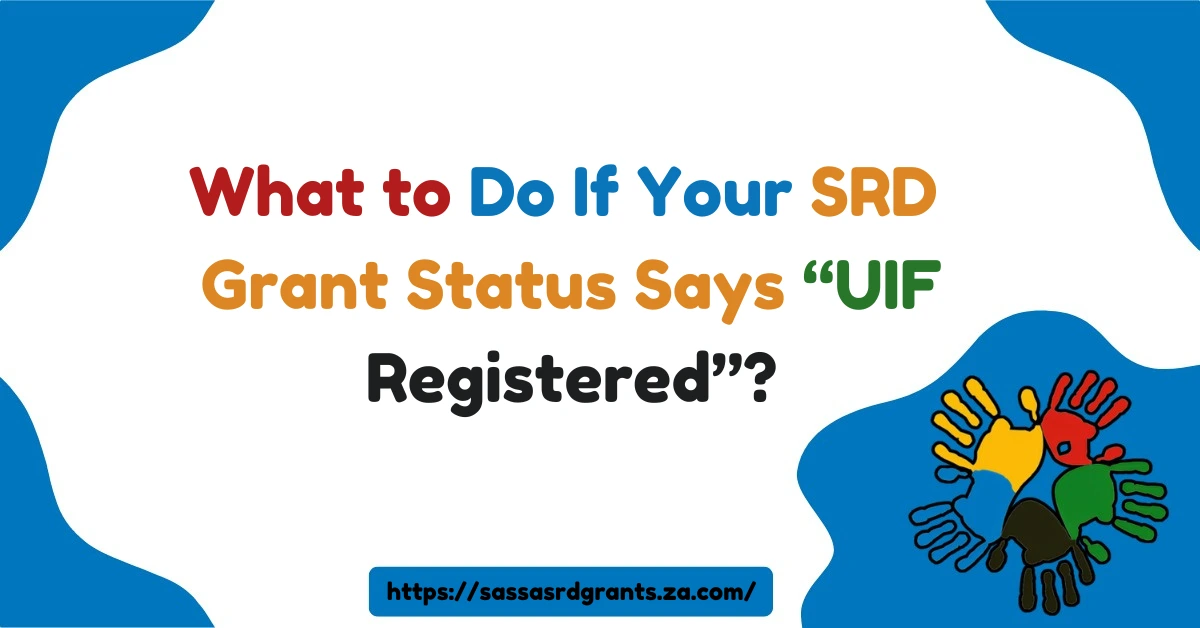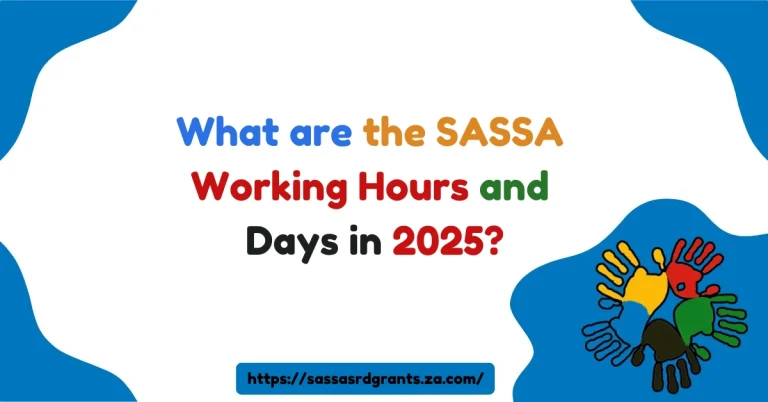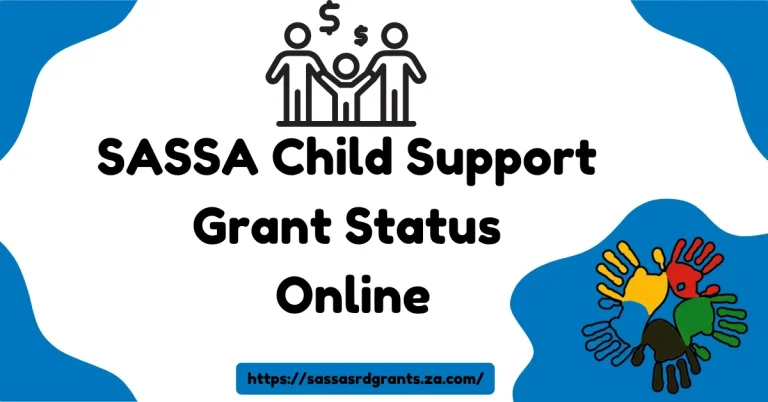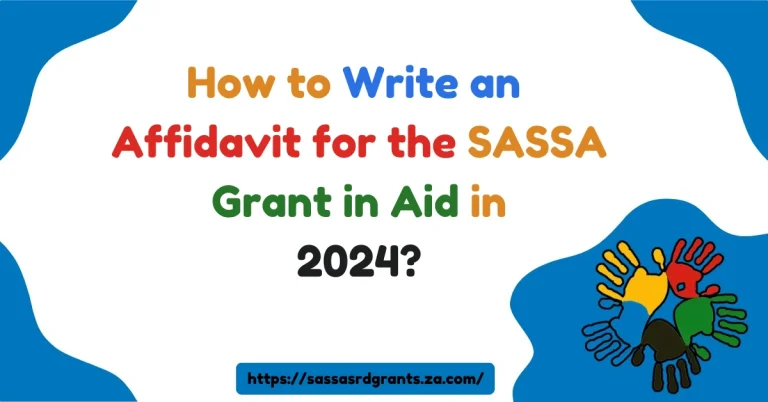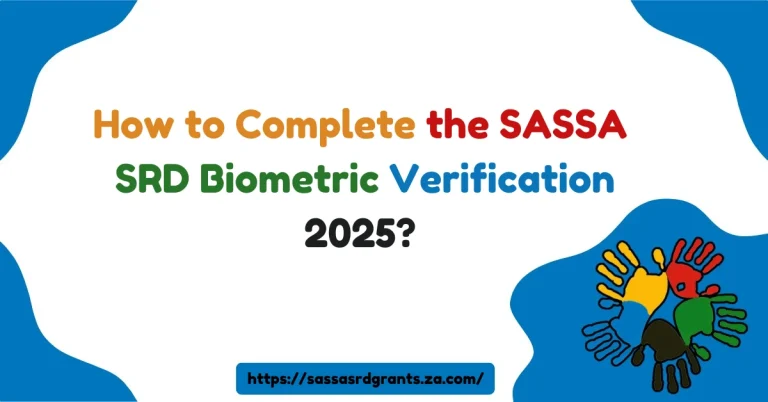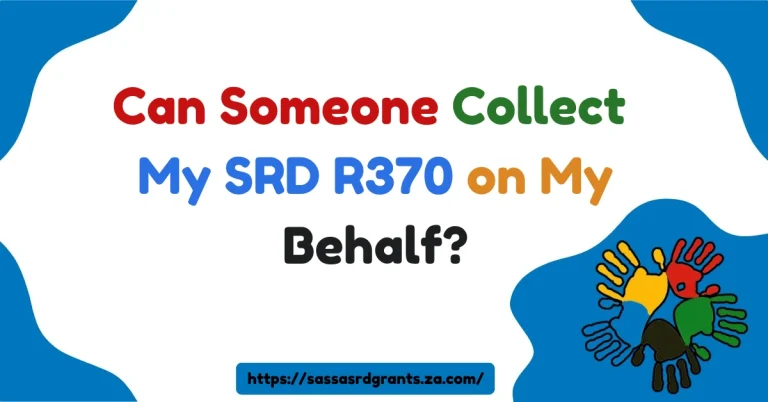What to Do If Your SRD Grant Status Says “UIF Registered”?
If you’re reading this, chances are you’re trying to understand why your SASSA application for the SRD grant has been declined, and you’ve come across the message: “UIF Registered.” Don’t worry, you’re not alone.
Many people face this issue, and I’m here to guide you through what it means and what you can do about it.
When I first saw that “UIF Registered” message, I had a lot of questions. What does it really mean? How does it affect my eligibility for SASSA grants?
And most importantly, how do I fix it? Let’s dive into what you need to know and the steps you should take to resolve this issue.
What to Do If Your SRD Grant Status Says “UIF Registered”?(Quick Answer)
If your SRD grant status says “UIF Registered,” it means SASSA has identified you as a UIF beneficiary, which affects your eligibility for the grant. First, verify your UIF status on the Department of Labour’s website. If you’re not receiving benefits, gather documents like bank statements and a UIF letter, then appeal the decision on SASSA’s SRD appeal page. Submit all necessary documents to correct the issue.
What Does “UIF Registered” Mean?
In simple terms, if your SASSA status shows “UIF Registered,” it means that the South African Social Security Agency (SASSA) has identified you as someone who is registered with the Unemployment Insurance Fund (UIF).
The UIF is a system set up to provide financial assistance to individuals who lose their jobs, go on maternity leave, or become temporarily unable to work due to illness. However, if you’re receiving money from the UIF, you are not eligible for the SRD grant, which is meant for people without any other form of financial support.
But here’s the kicker: what if you’re not actually receiving UIF benefits? This is where the confusion sets in for many people, and unfortunately, it’s not uncommon.
Why You’re Seeing the UIF Registered Status
There are a few reasons why your SASSA status might show that you are UIF Registered, even if you’re not receiving any payments from the UIF:
1. You Are Actively Receiving UIF Benefits
If you are currently receiving payments from the UIF, you will not qualify for the SRD R350 grant. This is because SASSA regulations prohibit you from receiving both forms of assistance at the same time.
Essentially, the government considers that you are already being supported financially through the UIF, and so you cannot also receive money from SASSA.
2. You’re Registered but Not Receiving Benefits
Sometimes, even though you’re not receiving any funds, your status may still show that you’re UIF Registered because a previous employer may have contributed to the UIF on your behalf.
This means that while you’re not getting any payments from the UIF, your SASSA application might still be declined because the system assumes you are.
3. Error in SASSA’s Verification Process
Another possibility is that there was a mistake during the SASSA verification process. It’s not unheard of for applicants to be incorrectly flagged as UIF beneficiaries, leading to their SRD grant application being denied. If this has happened to you, don’t worry—you can take steps to correct it.
Steps to Solve the “UIF Registered” Issue
If your SRD application was declined due to the “UIF Registered” status and you’re sure it’s a mistake, there are steps you can take to resolve the issue. Here’s what you should do:
Step 1: Check Your UIF Status
Before jumping into any conclusions, first verify your UIF status. Visit the Department of Employment and Labor’s website at uFiling to check if you’re actively receiving UIF benefits.
- If your status is marked as “Inactive,” this means you’re not receiving benefits, and you can move forward with appealing your SASSA application.
- However, if you find that you’re listed as an active recipient, you will not be able to apply for the SRD grant until your UIF benefits stop.
Step 2: Gather Supporting Documents
To appeal your SASSA application, you’ll need to provide solid evidence showing that you are not receiving UIF benefits. The following documents will be useful:
- Recent Bank Statements: Provide at least six months of bank statements to prove there have been no UIF payments made to your account.
- Letter from UIF: Request an official letter from the Unemployment Insurance Fund confirming that you are not currently receiving any benefits. This document can be crucial in supporting your appeal.
- Additional Supporting Evidence: Documents like termination letters from previous employers or other official paperwork from the UIF may also strengthen your case.
Step 3: Submit an Appeal
Once you’ve gathered all the necessary documents, you can proceed with your appeal on the SASSA SRD appeal portal. Follow these steps:
- Go to SASSA’s Appeal Page: Visit the official SASSA SRD appeal portal.
- Enter Your Details: Provide your South African ID number and the phone number linked to your SASSA account.
- Verify with OTP: After entering your details, you will receive a One-Time PIN (OTP) via SMS. Enter the OTP to confirm your identity.
- Select the Rejected Month(s): Choose the month or months when your SRD application was rejected.
- Upload Your Documents: Upload the bank statements, the letter from UIF, and any other supporting documents that prove you are not receiving UIF benefits.
- Submit: After reviewing all your information, submit your appeal. Make sure all details are accurate and that the documents are clear, as this will improve your chances of a successful outcome.
Step 4: Wait for the Decision
Once your appeal is submitted, your case will be reviewed by an independent tribunal, which can take between 60 to 90 days. SASSA will notify you of their decision via SMS or email.
Keep Checking Your SASSA Status
It’s important to regularly check your SASSA application status after submitting your appeal. Stay alert to any updates or requests for additional documents from SASSA. If you haven’t heard back after 90 days, contact the SASSA helpline at 0800 601 011 to inquire about the status of your appeal.
Frequently Asked Questions
Can I still get the SRD grant if my status shows “UIF Registered”?
Yes, if you’re not actually receiving UIF benefits, you can appeal the decision and potentially receive the SRD grant.
How long does it take to process my appeal?
The process usually takes 60 to 90 days, depending on the complexity of your case and the number of appeals being processed by SASSA.
Conclusion
Dealing with a “UIF Registered” status on your SASSA application can be confusing and frustrating. However, by following these steps—verifying your UIF status, collecting the right documents, and submitting an appeal—you can correct any errors and potentially get your SRD grant approved. Remember to stay patient throughout the process and keep an eye on your SASSA status for any updates.
